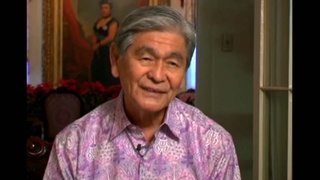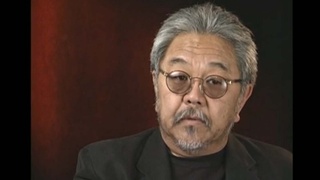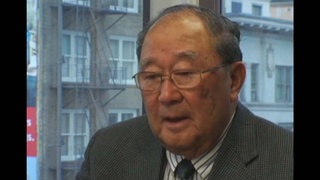Entrevistas
How I became a volunteer at the International Association of Yamato (Spanish)
(Spanish) Ah, well, when I arrived, I lived in Tokyo where I started ... Well, my husband told me, “We are not going back to Peru.” And then I said, "We must study Nihongo." Because, of course, as a young girl it seemed like I was speaking Japanese. But as an adult when we got here, I knew: Good afternoon, Good morning, words we say here at home. So that is why I went to study Japanese, as I said in Tokyo. Then I was living in Tokyo. So I had the opportunity to go to two Japanese language schools. And from there, when I moved at age seven, I moved to Yokohama, and then there I heard... there, near the Yokohama area, there are many Latinos, mostly Peruvians. So I live in Yokohama, but leaning more towards Yamato. Then I found out that in the city of Yamato there was an international exchange association. So I went and approached the office and said: Well, I do not know how to get by that well, but I know a little Japanese, and if I can help in anyway, well, I would be delighted. And they signed me up as a volunteer interpreter. And there began my participation in the International Association of Yamato. I started as a volunteer, translating documents that were needed for visa renewals. I started with translation. And when they needed interpreters, they gave me interpreting, right? And later, they started… for example a guide... a guide of the daily life of Yamato; they also chose to translate it into multiple languages…I was in charge (of it).
Data: March 24, 2009
Localização Geográfica: Tokyo, Japan
Entrevistado: Alberto Matsumoto
País: Watase Media Arts Center, Japanese American National Museum












